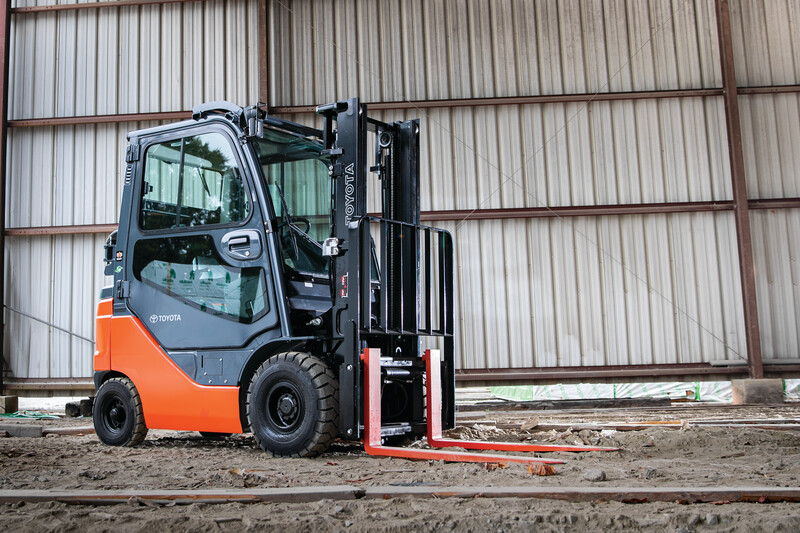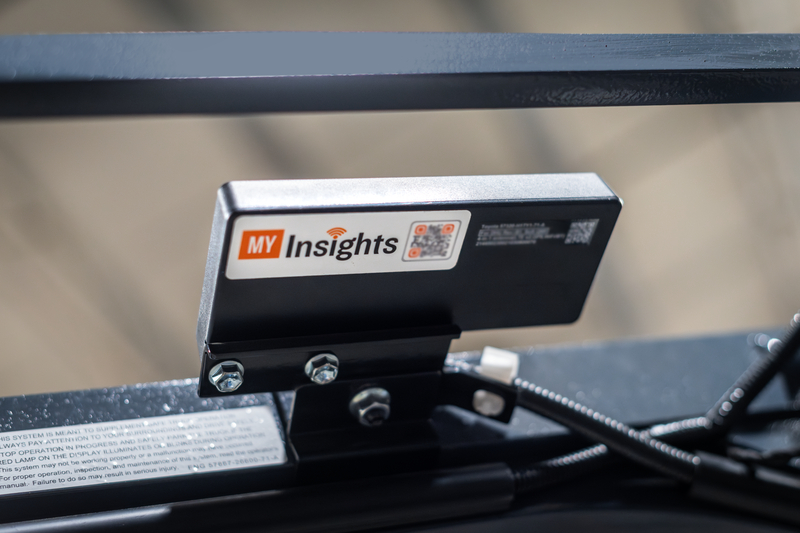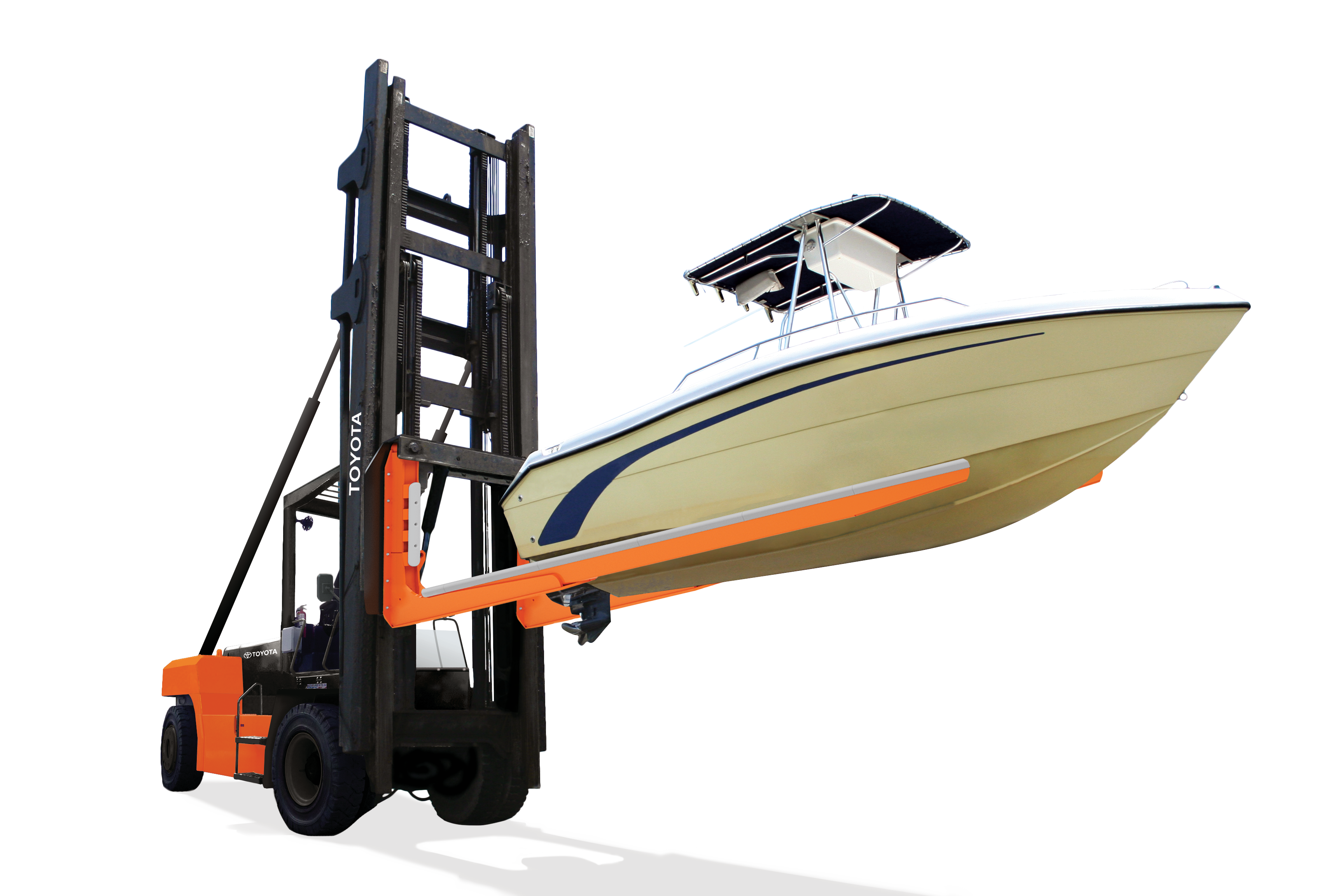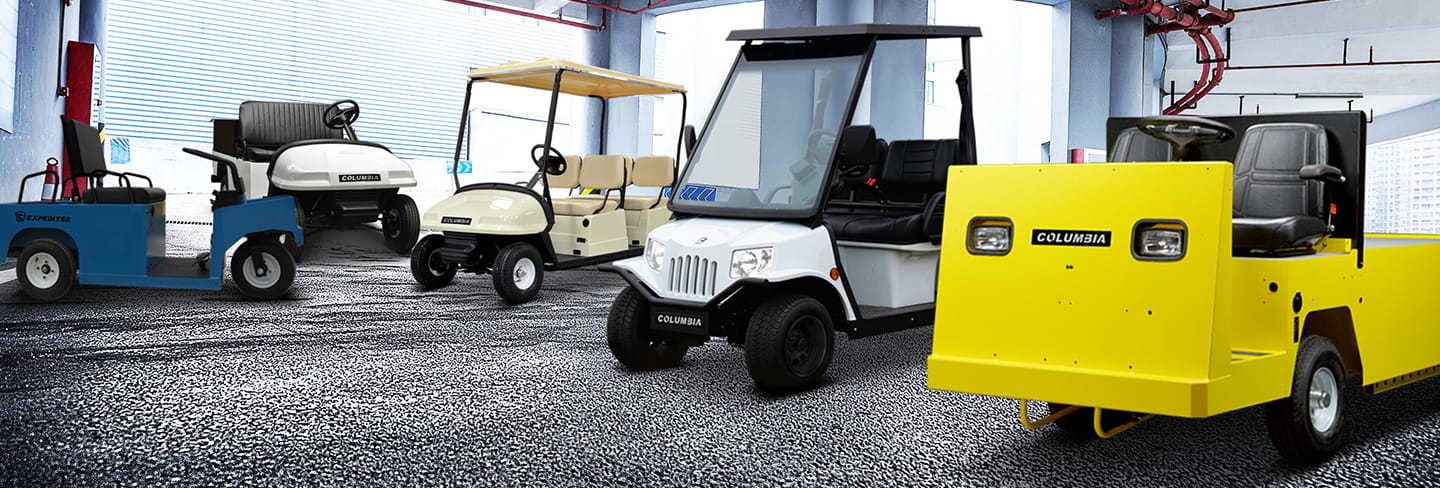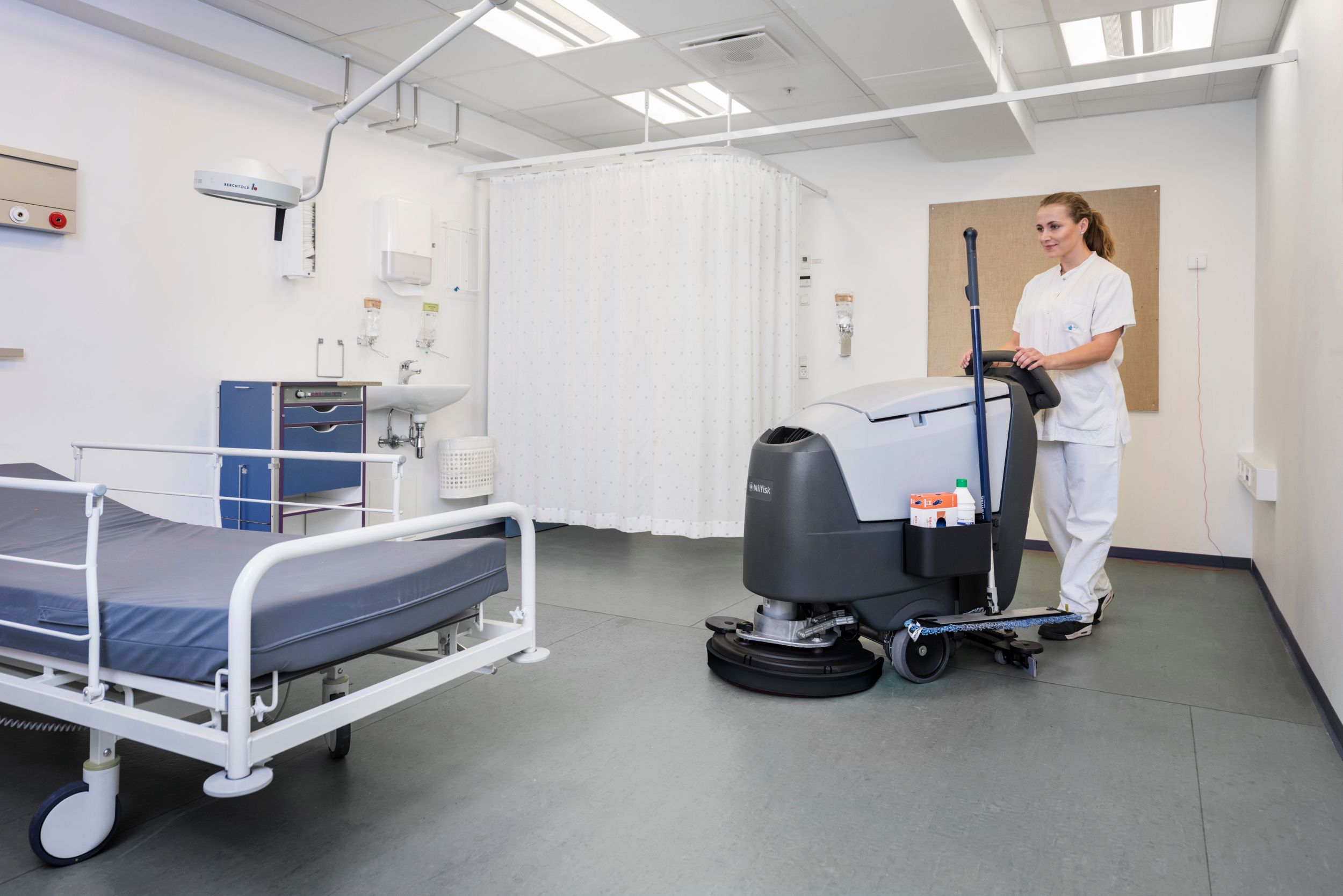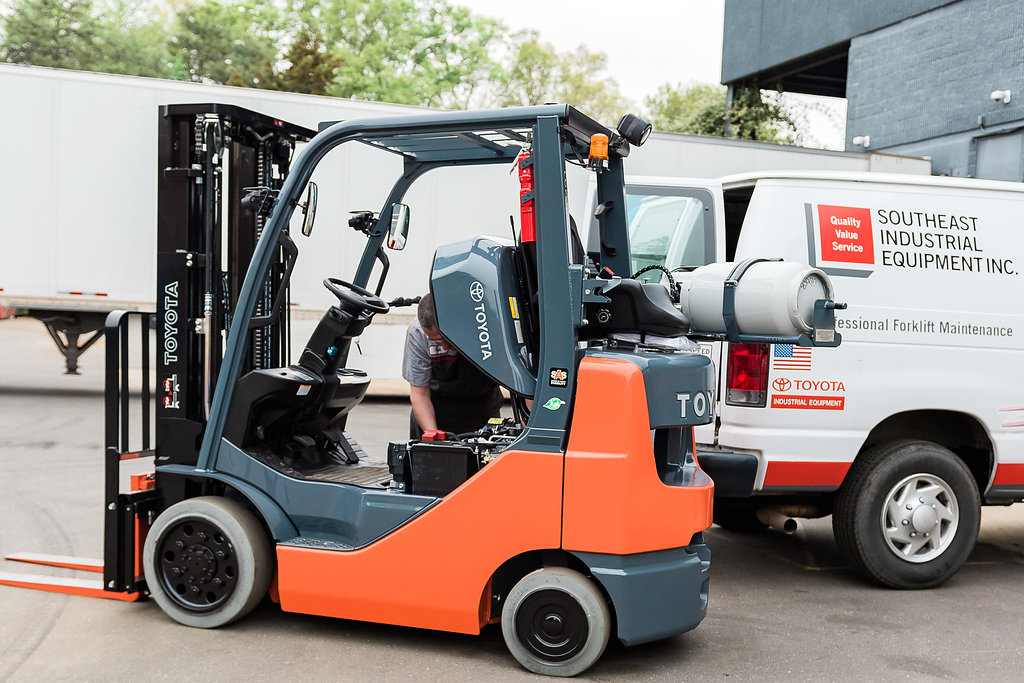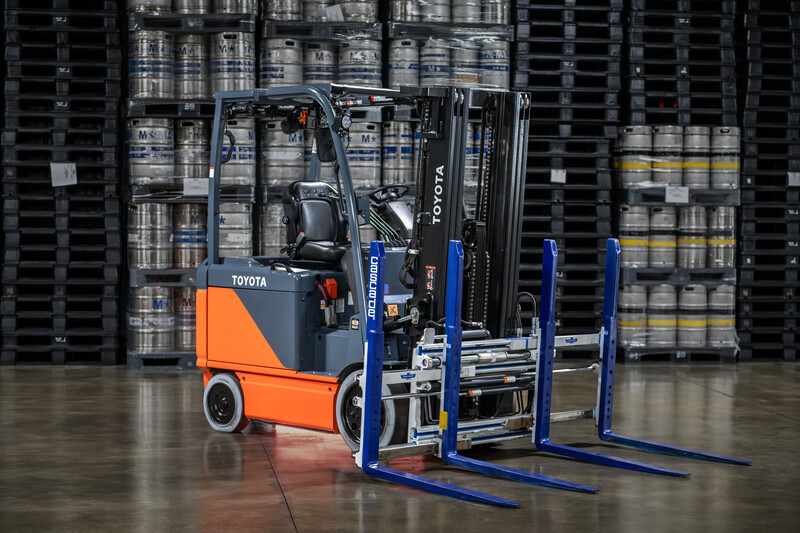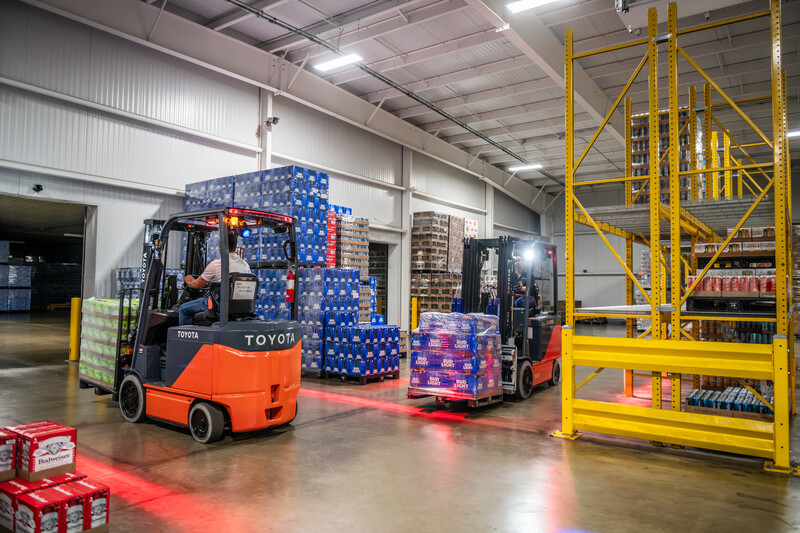Selecting the right utility vehicle can make a significant difference in your operation’s efficiency, cost savings, and overall productivity. Columbia electric utility vehicles offer a range of models tailored to various needs—from small, maneuverable options for indoor spaces to powerful vehicles designed for carrying heavy loads over rough terrain. Here’s a guide to help you choose the Columbia utility vehicle that best suits your unique operational requirements.

1. Identify Your Specific Needs and Work Environment
Start by considering the primary functions you need from a utility vehicle. Are you transporting heavy loads, moving personnel, or providing campus tours? The environment in which the vehicle will operate is also crucial—indoor settings like warehouses have different needs compared to outdoor terrains like construction sites.
– Indoor Applications: For operations within confined spaces, like warehouses or distribution centers, maneuverability and compactness are key. Smaller Columbia models, such as the Payloader or Expeditor, are designed for tight areas, offering agility without sacrificing performance.
– Outdoor and Rough Terrain: If you’re navigating uneven ground or outdoor areas, you’ll want a robust vehicle with high ground clearance and suspension suited for rugged terrain. Models like the Journeyman are ideal for handling outdoor, rugged terrain while carrying heavier loads.
2. Consider Load Capacity and Towing Needs
Columbia electric utility vehicles come in various load and towing capacities, making it easier to match the vehicle to the task.
– Light Load Capacity: For lighter loads, the Stockchaser is perfect for moving small items quickly and efficiently. Its slim design allows it to fit through narrow aisles, making it an excellent choice for retail and warehouse settings.
– Heavy Load Capacity: For operations requiring substantial towing or hauling, the Payloader series offers high payload capacities, making it ideal for industries like manufacturing, where heavier loads need transport. These models are built to handle weights that a standard utility vehicle might struggle with.
3. Evaluate the Range and Battery Life Requirements
Electric utility vehicles are known for their cost efficiency and eco-friendliness, but range considerations are important. Columbia models are equipped with long-lasting batteries, but your range needs will vary based on usage patterns and operational scale.
– Short Distance, Frequent Use: For operations that require frequent starts and stops within a compact area, such as a distribution warehouse, look for models optimized for short-range with quick-charging options.
– Longer Range: For larger campuses or outdoor sites, models with extended battery life and enhanced range, like the Journeyman, ensure that your team can cover greater distances without frequent charging.
4. Prioritize Safety and Comfort Features
Worker safety and comfort are essential, especially for tasks requiring extended time behind the wheel. Columbia vehicles come with safety features tailored to a variety of environments.
– Safety: Features like reinforced structures, ergonomic controls, and speed control help prevent accidents and provide extra control in busy areas. Columbia vehicles are also equipped with safety lights and audible alerts to ensure that operators are aware of their surroundings.
– Comfort: For operators using the vehicle for extended periods, the Journeyman offers padded seats, spacious legroom, and easy access. If your team will be driving on uneven surfaces, consider models with enhanced suspension for a smoother ride.
5. Think About Future Scalability and Versatility
As your operation grows, so might your transportation and load-moving needs. Columbia’s modular design options allow for adaptability; features such as extra cargo space, shelving, or towing capacity can be added to suit new demands.
– Versatile Configurations: The Journeyman can be customized with options like fold-down seats for additional passenger capacity or enclosed cabins for all-weather operations.
– Modular Add-Ons: Columbia offers a range of modular add-ons to accommodate future operational changes, such as upgrading from standard cargo space to enclosed storage or adding specialized racks for specific equipment.
6. Evaluate the Cost Efficiency and Maintenance Factors
Columbia electric utility vehicles offer significant cost savings over gas-powered counterparts, with reduced fuel costs and lower maintenance needs. Columbia models are built to last, and the initial investment often pays off through longevity and decreased repair costs.
– Maintenance: Columbia vehicles have fewer moving parts compared to gas-powered engines, which translates to less frequent maintenance and fewer repair needs. Consider the Payloader if your operation demands a high-duty cycle and minimal downtime.
– Total Cost of Ownership: While the upfront cost of electric utility vehicles may be higher, the long-term savings from lower energy consumption and reduced maintenance can make a significant difference. Compare the total cost of ownership across models based on your operation’s projected usage.
Choosing the right Columbia utility vehicle involves assessing factors like load capacity, environment, safety, and future scalability. By carefully considering your unique operational needs, you can select a model that will boost efficiency, save costs, and support a more sustainable workflow. Whether you need the maneuverability of the Stockchaser, the outdoor strength of the Journeyman, or the heavy-duty capacity of the Payloader, Columbia offers a solution designed to meet the demands of modern industrial and commercial environments.

